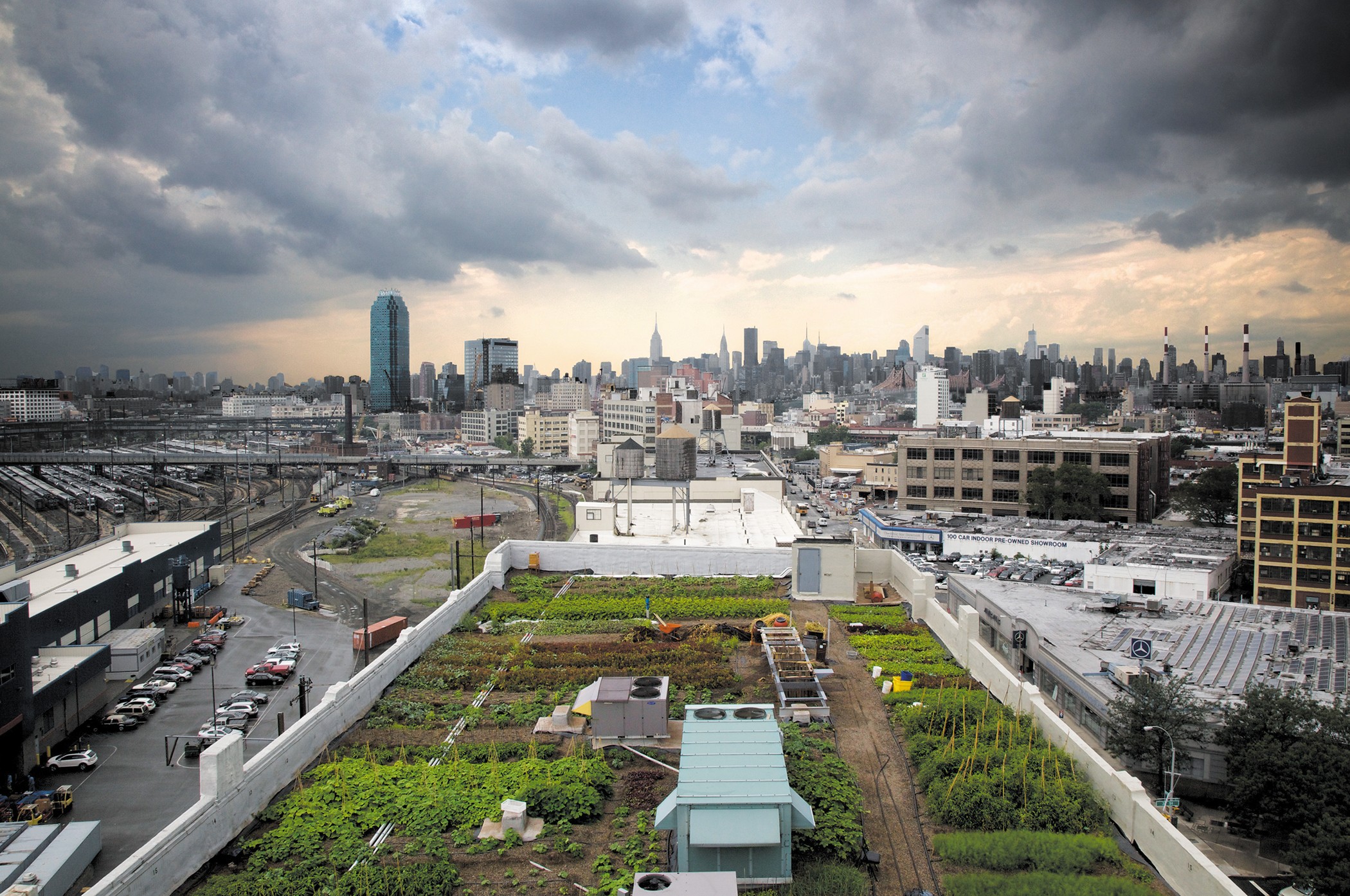The Ultimate Guide To City Blooming
The Ultimate Guide To City Blooming
Blog Article
Fascination About City Blooming
Table of ContentsGetting The City Blooming To WorkThe Main Principles Of City Blooming The Of City BloomingCity Blooming Things To Know Before You BuyCity Blooming Can Be Fun For Anyone
Interested in expanding food for sale in the City of Chicago? Below is a list of often asked questions relating to the regulations and laws that cultivators should consider when preparing an urban agriculture job.
The zoning amendment does not modify any type of other codes taking care of composting, structure permits, buying or renting City owned home, service licenses or ecological contamination. There are existing codes that regulate these problems and they continue to be in full impact and might be appropriate to your task. Community gardens are commonly owned or handled by public entities, public companies or community-based companies and maintained by volunteers.
Urban farms expand food that is meant to be offered, either on a not-for-profit or for-profit basis. Due to their business objective, city ranches require a company permit.
The Best Strategy To Use For City Blooming
The quantity of compost product can not exceed 25 cubic lawns at any given time according to the criteria in 7-28-715 of the City's Municipal Code. Because the soil at most brand-new yard sites requires modifying, compost, dirt, wood chips, or other products can be acquired to build or boost the growing room.

If a structure license is required then the hoophouse will be taken into consideration an accessory building. You can learn more regarding the building authorization needs by contacting the Department of Structures. The 25,000-square-foot dimension limitation is planned to stop a solitary neighborhood yard from dominating a given block or taking away from the block's existing residential or commercial character.
The restriction does not put on yards found in Public Open Area (POS) districts. Can there be even more than one area garden that is 25,000 square feet on a solitary block? Yes. The size limitation puts on specific gardens, not to individual blocks. No. Fencing is not needed, however, yards that have huge parking lot may be called for to install fence or various other landscaping attributes.
7 Simple Techniques For City Blooming
B1 & B2 areas require that all commercial use tasks be carried out indoors. Is fence needed for city farms? Fencings may be needed, along with landscape design and testing, for specific car parking locations and exterior work or storage space areas depending on place and the certain activity taking area.
Yes. Urban farms call for structure permits and zoning approvals before building. Various other kinds of city testimonial might be called for depending on certain frameworks, activities, size, landscape design, licensing, public health and stormwater monitoring problems. A lot of these requirements are determined in the job design or permitting procedure, however, the applicant may be liable to separately recognize specific licenses or allows that may be called for.
Yes. The type of permit is established by what is happening at the website. The Department of Business Affairs and Customer Defense can assist determine the specific sort of company certificate that's called for. Yes. Off road vehicle parking is needed for many business jobs in Chicago. The called for number of parking areas is based upon the variety of employees working with website and not the square footage of the growing area.
More About City Blooming

A city ranch can offer compost material generated on site, nonetheless, the operation should abide with the guidelines in 7-28-715 of the Chicago Municipal Code. Aquaponic systems are permitted indoors on city farms in several zoning areas.
Approximately 5 hives or colonies of honey might be kept as an accessory usage. However, beekeepers must sign up with the Illinois Division of Farming. For more details about the proposed zoning amendment you may contact the Division of Housing and Economic Development, Bureau of Planning and Zoning at 312.744.8563.
Farming in cities and urban areas A city farm in Chicago. Urban farming describes various techniques of cultivating. https://telegra.ph/City-Gardening-Embracing-Green-Spaces-in-Urban-Life-06-27, processing, and dispersing food in city locations. The term additionally puts on the location activities of animal husbandry, aquaculture, beekeeping, and cultivation in a metropolitan context. Urban agriculture is distinguished from peri-urban agriculture, which occurs in country areas at the edge of suburban areas.
The Single Strategy To Use For City Blooming
, that look for to form social networks started on a common principles of nature and neighborhood holism. These networks can develop by way of official institutional assistance, ending up being integrated right into local community preparation as a "transition community" movement for lasting city growth.
Some of the first evidence of urban agriculture comes from Mesopotamia.
Report this page